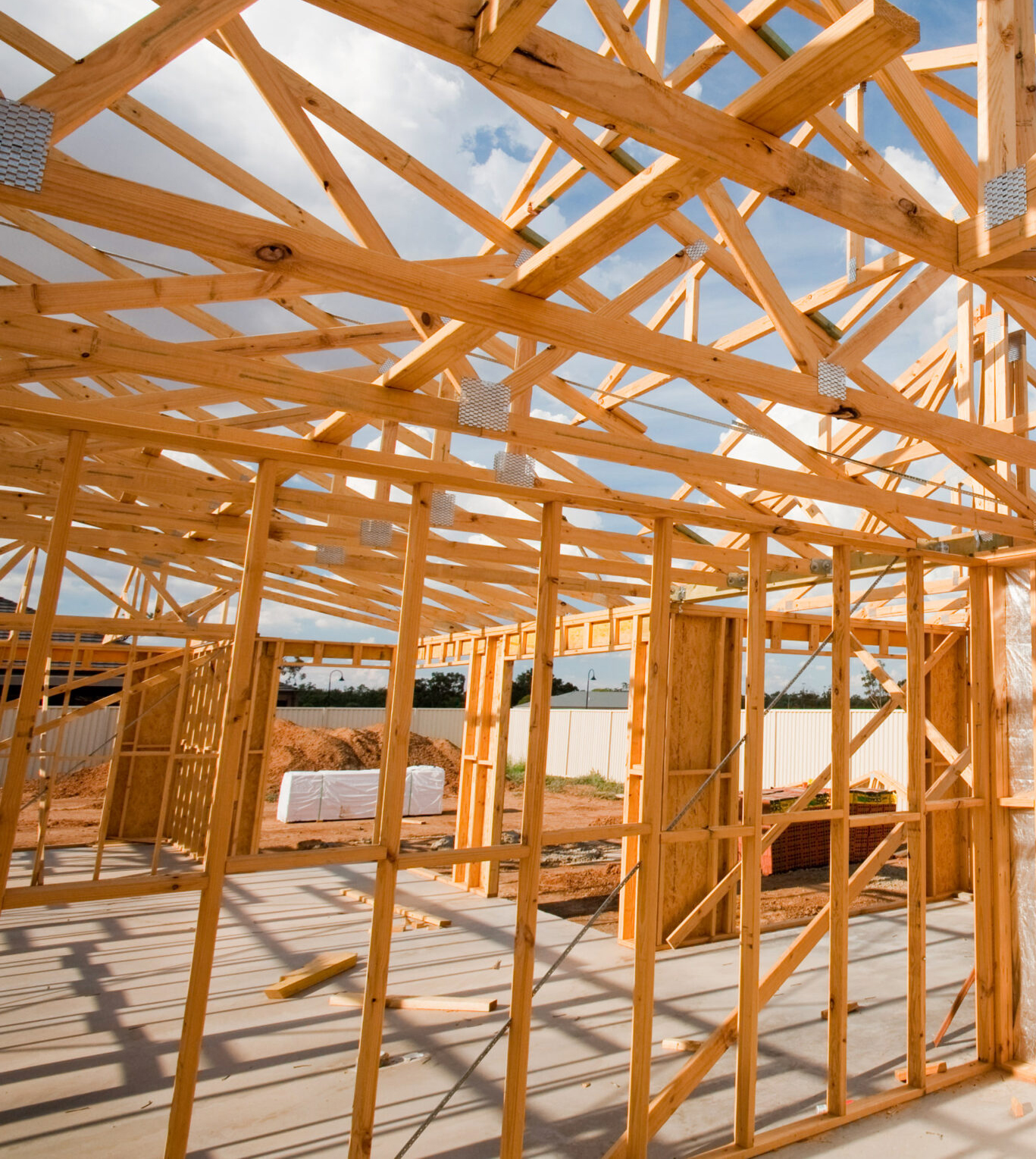The Future
of Wood in
Sustainable
Building:
Unlocking its
Potential
 Sheetal Rakheja
Architect
Sheetal Rakheja
Architect
Wood, with its natural beauty and remarkable properties,
has been a versatile and widely used building material
throughout history. It offers a unique combination
of aesthetics, strength, and renewability, making it a
sustainable choice for construction. However, despite its
many advantages, wood has not received the recognition
it deserves as a building material. In this article, with
the insights provided by architect Sheetal Rakheja, we
will explore the reasons behind this underutilization,
the recent advancements in wood technology, and the
promising future of wood in sustainable construction.
With over 23 years of experience, Sheetal has designed
and completed more than 100 projects, covering an
impressive 50 million square feet of built space. Her
portfolio includes a wide range of projects, from master
planning of large townships and mixed-use developments
to architecture and interior design for corporate offices,
hotels, hospitals, and residential properties. She has also
been involved in research and development projects,
such as “Shunya,” India’s first Net Zero Energy home,
constructed entirely from waste materials.
Sheetal’s designs prioritize the harmony between nature’s
elements, occupant well-being, and environmental
minimal processing compared to other building materials.
Its life cycle, from harvest to disposal or recycling, has
a lower embodied energy, resulting in reduced carbon
emissions. Moreover, wood has the unique ability to
store and remove CO2 from the atmosphere, making it
an effective tool in combating climate change. Active
forest management and sustainable harvesting practices
further enhance its environmental benefits.
Advancements in Wood Technology:
Recent technological advancements have addressed
the concerns associated with wood, leading to its
resurgence as a viable building material. Innovations in
fire-retardant treatments, moisture-resistant coatings,
and termite protection have made wood more durable
and safer for construction. Additionally, the development
of biobased adhesives and engineered wood products
has expanded the possibilities for using wood in larger
and taller structures. These advancements, coupled with
modern manufacturing techniques and prefabrication,
have opened new avenues for wood in building
construction.
The Road to a Sustainable Future:
With the increasing global focus on carbon neutrality and
sustainable design, the potential of wood as a building
material is gaining significant attention. Many countries,
including Sweden, the United States, France, and
consciousness. Her commitment to sustainability has
led to several projects receiving LEED platinum and gold
ratings, setting new benchmarks for energy efficiency in
the industry. With her extensive expertise and leadership
in sustainable architecture, Sheetal is making a significant
impact on India’s built environment. Her work inspires and
encourages future architects to prioritize sustainability in
their designs, creating a greener and more sustainablefuture for the industry.
The Historical Challenges:
In the industrialization era of the 19th and 20th centuries,
concrete and steel dominated the construction industry,
limiting the use of wood to single-family dwellings and
low-rise structures. Concerns about wood’s susceptibility
to fire, moisture, and termite damage, along with the
perception that it required significant maintenance,
hindered its adoption in medium to high-rise buildings.
Moreover, the availability of factory-made products
offered easier maintenance and thus became thepreferred choice for mass construction projects.
The Sustainability Advantage:
Wood’s sustainability is one of its strongest attributes. It is
a renewable resource, readily available locally, and requires
Switzerland, have revised their regulations to promote
wood in construction. These changes reflect a growing
realization that achieving carbon neutrality by 2050
requires a shift towards environmentally responsible
building materials. The Forest Stewardship Council
(FSC) certification has emerged as a reliable standard
for sustainable wood sourcing, further reinforcing
the positive attributes of wood as a green building
material.

Recent Wood Tall Rise Buildings:
Several recent examples showcase the feasibility and
success of using wood in tall structures. The Sara
Cultural Centre in Sweden, completed in 2021, stands as
one of the tallest wooden multi-storey mixed-use public
buildings. Meanwhile, Australia and London are exploring
composite structures with wood for medium and tall
buildings, combining its benefits with other materials to
optimize performance and sustainability.
Challenges and Opportunities in India:
India, with its diverse climate and available resources,
holds great potential for embracing sustainable building
practices. However, the country faces unique challenges
in adopting medium to tall wood buildings. The absence
of comprehensive codes and standards specific to wood
construction, limited precedents, and concerns over fire
safety and durability hinder widespread adoption. To fully
leverage the potential of wood, India needs to invest in
research, develop prototypes, and establish regulatory
frameworks to support the responsible use of wood in its
varied building typologies.
Wood is experiencing a resurgence as a sustainable
and carbon-neutral building material worldwide. Its
inherent beauty, renewability, and ability to sequester
carbon make it an attractive choice for the future of
construction. Advancements in wood technology, along
with revised regulations and certifications are paving
the way for its broader adoption. However, realizing
wood’s full potential requires collaborative efforts
from all stakeholders, including architects, engineers,
policymakers, and insurers. By embracing the versatility
of wood and developing a deep understanding of
its construction techniques, we can create a more
sustainable and harmonious built environment for
generations to come.